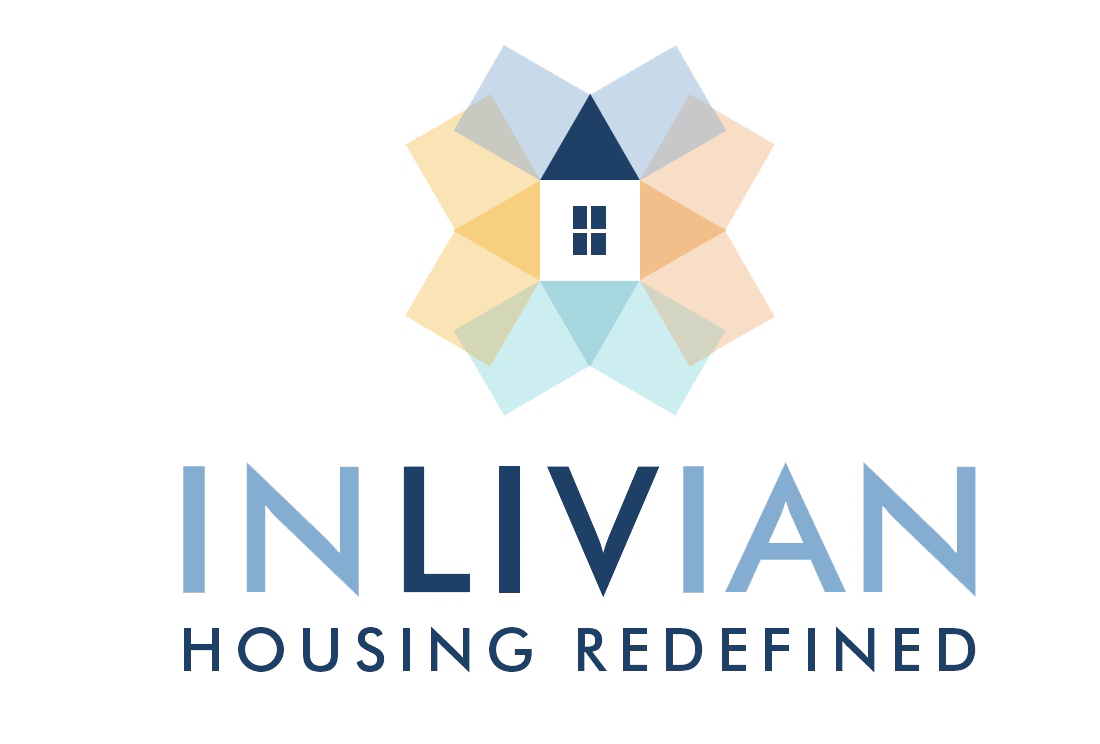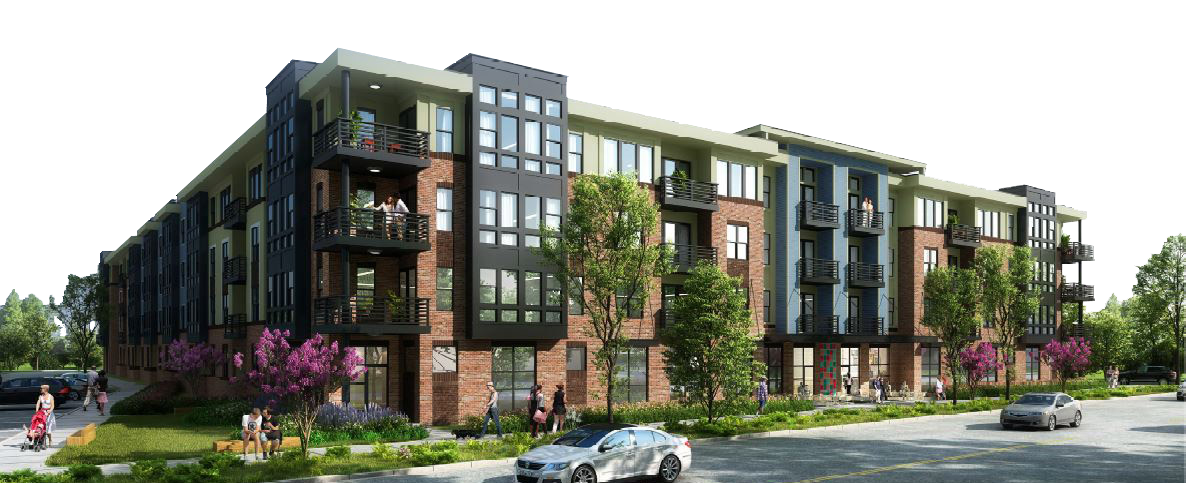Dillehay Courts (the “Community”) is the last INLIVIAN Public Housing project to convert its rental subsidy program to RAD. The initial concept was to rehabilitate the units as we transitioned them into the RAD program, but in 2018 we saw this as somewhat of a lost opportunity and shifted the strategy to demolish the existing structures and redevelop the Dillehay Courts using low- income housing tax credits (the “Project”). The site would be redeveloped by Horizon Development Properties, Inc. (“HDP”) which is wholly-owned by INLIVIAN.
The Project was originally built in the early-1970s and is outmoded and, after a review of the available construction documents, this approach would not result in an effectively modernized development. The bedroom sizes are small and there is no air conditioning, washer/dryer or dishwasher. During our review, it was determined these amenities cannot be added to the current structures. The site is large at 17.97 acres and is underutilized in its current improved condition of 136 total units. It is perfectly positioned for redevelopment into a mixed-income community and can be up-zoned to a UR-3 district which would allow for a significantly higher density.
The Charlotte Center City 2020 Plan identifies an “Innovation Corridor” that the city desires to target for significant economic development initiatives and investment; Dillehay Courts is in this Corridor. When the jobs come, there will be a need for (particularly) work force housing level rentals. If we redevelop Dillehay, up-zoning it in a manner that provides the highest density and flexibility, we can accommodate our returning households, plus some critical mass of workforce level (up to 80% AMI) units, to sustain the low-income units (through income-averaging). This site is also in a designated Opportunity Zone, which makes this change in vision even more exciting.
The Mayor has indicated her desire to maximize the density on all HDP redevelopment sites. In order to preserve the 136-units of extremely low-income housing, we must add critical mass of a number that will operate the Project in a manner that is sustainable and viable. We believe that for Phase I, that number is 122; however, we are studying the potential to increase this unit count. The households in residence will be given the opportunity to return to the new Project. Relocation will conform to URA.
 Dillehay Courts is preparing for a revamp! While once a sought-after location for many families in the early 1970s, INLIVIAN’s last public housing development, has declined with age and in many cases become obsolete.
Dillehay Courts is preparing for a revamp! While once a sought-after location for many families in the early 1970s, INLIVIAN’s last public housing development, has declined with age and in many cases become obsolete.








